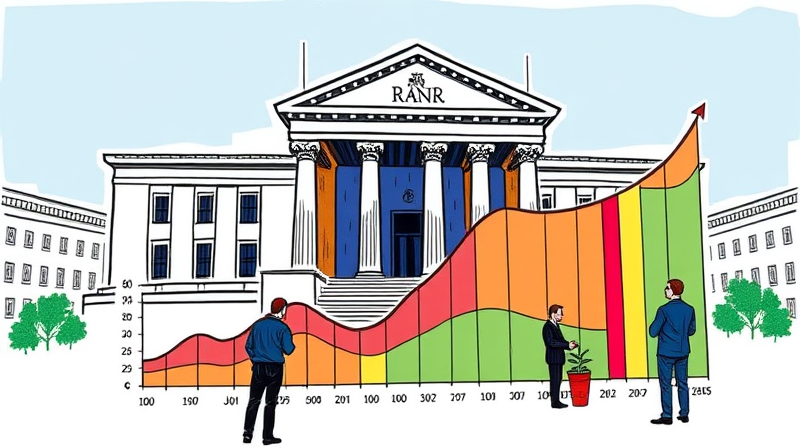
Central bank communications have become one of the most powerful forces shaping global fixed-income markets. While interest rate decisions grab headlines, the nuanced tone of policy statements often drives dramatic shifts along the yield curve, influencing everything from short-term bills to long-term bonds.
The yield curve is the graphical display of interest rates (or yields) across various maturities, typically ranging from short-term bills to 30-year bonds. It encapsulates market expectations for growth, inflation, and future monetary policy. A normal, upward-sloping curve suggests economic expansion, whereas an inverted or flat curve may warn of slowing growth or recession.
Investors and policymakers closely watch three segments:
In late 2023 and throughout 2024, major central banks held policy rates at historically high levels to combat residual inflationary pressures. By September 2024, the Federal Reserve initiated a cautious easing cycle, cutting its target range by 25 basis points. Similar trajectories were observed at the European Central Bank and the Bank of England, though regional growth concerns led to divergent paths.
Despite these cuts, long-term yields remained elevated due to debt sustainability worries and inflation uncertainty. As a result, the overall yield curve began to steepen in early 2025, reversing the flat or inverted shape that prevailed through much of 2022–2024.
Central bank statements influence bond markets through two main channels: immediate policy rate expectations and forward guidance on future policy paths. Markets dynamically price in these signals, causing near-instant reactions in short-term yields. However, the ripple effect extends further:
When these forces partially offset, central banks can steer long-term yields with persistent communication and policy cues, even if real economic activity remains relatively unchanged.
During the transition from restrictive to easing monetary policy, U.S. yields painted a vivid picture of market sentiment. Short-term rates fell from 5.33% at end-2023 to 4.28% by end-2024, reflecting rate cuts and softening inflation. Meanwhile, 10-year Treasury yields held near 4.00% as investors grappled with elevated debt levels and lingering price pressures.
This table highlights the asymmetry between short and long maturities, a direct consequence of policy communication and market expectations.
Traditional models of monetary transmission focus on short-term rates. Yet recent research underscores how central banks can also influence the long end via:
Even without precise knowledge of the natural rate (r*), market expectations and central bank credibility can guide long-term yields, sometimes unintentionally shaping investor behavior and broader financial conditions.
Beyond central bank policies, several factors influence curve shape and volatility:
In 2025, these elements combined with cautious forward guidance to create pronounced steepening, as markets balanced expectations of easing policy with external risk factors.
Understanding how central bank statements move the curve is vital for bond portfolio management. Key takeaways include:
Investors should monitor policy calendars, parse the language of press releases, and watch for subtle shifts in central bank credibility and guidance. Scenario analysis can help navigate potential curve shapes as economic data unfold.
Central bank statements are far more than ceremonial announcements. They are powerful tools that shape market expectations, drive yield curve dynamics, and influence global financial conditions. As we move deeper into 2025, investors and policymakers alike will continue to parse every word for clues on future rate paths.
By understanding the interplay between short-term controls, long-term expectations, and external risks, market participants can better position portfolios, manage risks, and seize opportunities. The dance between central banks and bond markets remains one of the most fascinating and consequential aspects of modern finance.
References













